How to Tell If There Is Mold in Your Home
If you’ve been having allergies only when you’re in your home, there’s a good 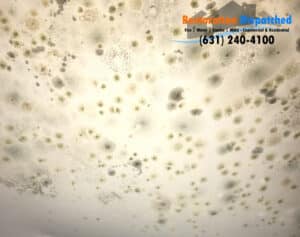
Mold Smell
One of the easiest ways to tell if there is mold growing in your home is the smell of mold. If you’ve smelled mold in the past, you probably won’t forget the smell. If you’ve never smelled mold before, mold smells musty and damp. If you smell mold in your home, you’ll want to find where it’s at and remove it.
Mold Growth
Many people mistake small amounts of mold growth for dirt and soot. If you see mold growth in your home, you should contact our restoration company in Long Island, New York, immediately. Mold can spread quickly. If you see mold in your home, conditions are favorable for more mold to grow.
Water Leaks
If you have current or previous water leaks in your home, there’s likely mold growth somewhere. Water leaks provide moisture, and too much moisture can cause mold to form.
Previous Flooding
If your home has ever been flooded, you likely have mold. Mold will likely be growing in places where water remained the longest. The best thing to do after a flood is to contact our restoration company in Long Island, New York.
Humidity
A lot of humidity in your home can cause condensation and water accumulation. A humidity level over 60 percent can cause mold to grow. You’ll want to make sure your home has a humidity level between 30 and 60 percent. Buy a humidity monitor to determine the humidity levels in your home.
Condensation
Having condensation in your home means that there’s a lot of moisture in the air. If you see condensation, you may have mold in your home. You’ll want to look for mold growth where there’s condensation. If your indoor pipes are rusting, you have a lot of condensation in your home.
Health Issues
Black mold can have adverse health effects as It contains mycotoxins. The top symptoms associated with being exposed to black mold include fatigue, weakness, headache, light sensitivity, poor memory, difficulty concentrating, morning stiffness, joint pain, shortness of breath, sinus congestion, chronic cough, tingling, numbness, and unusual skin sensations. If you or someone in your household have a combination of any of these symptoms, you’ll want to contact our restoration company to inspect your home.
Contact Us
We are a restoration company in Long Island, New York. If your home ever experiences a fire, flood or sewage issue, we’ll come and clean it up for you. We’ll restore your home to the way it was before it was damaged. We have staff available every hour of the day if you experience an emergency. We have over 15 years of experience. Feel free to contact us, and we’ll respond to you as quickly as we can.

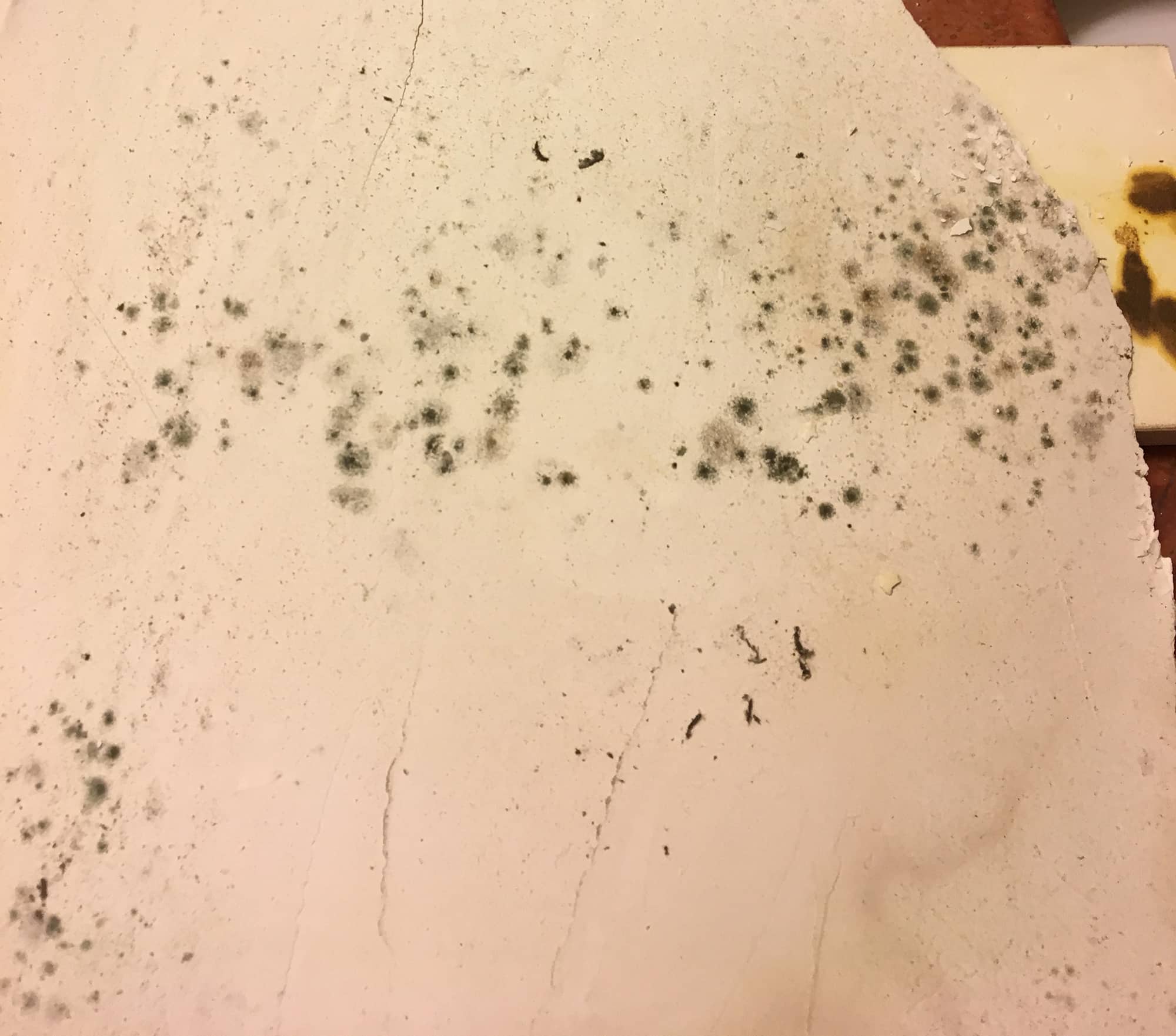

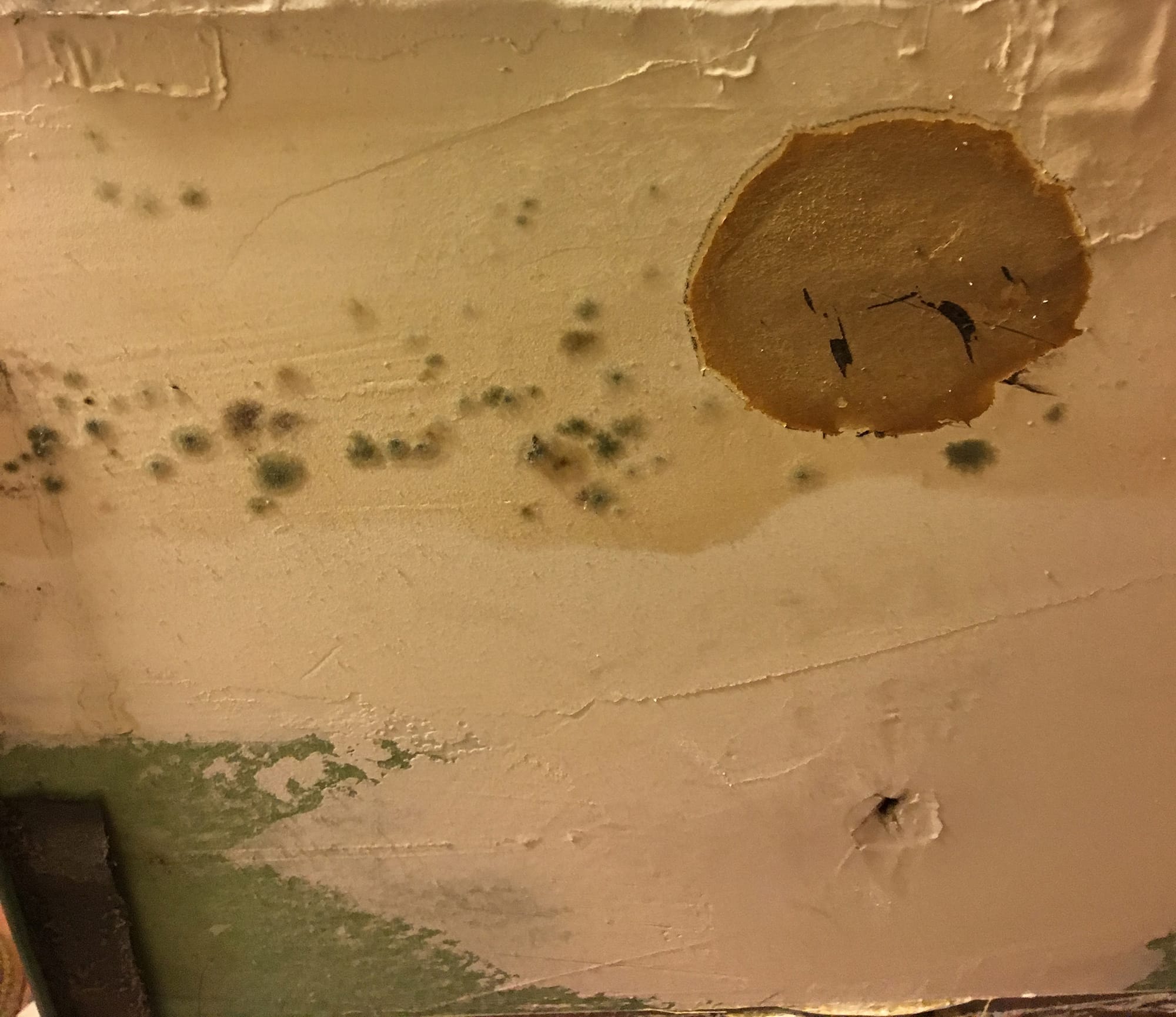
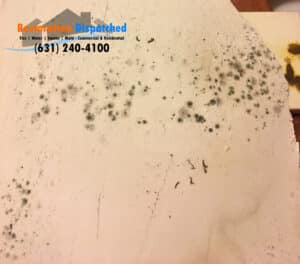 essential to take immediate action. The signs of having mold in a building include seeing fuzzy or slimy discolorations on walls, floors, or ceilings. There are many types of mold, and it can have a variety of colors such as green, black or yellow. Mold can also create a foul odor, especially when it contaminates the fibers of carpeting or draperies. In some cases, mold is hidden inside wall spaces or underneath floor tile, but this substance can cause numerous health problems.
essential to take immediate action. The signs of having mold in a building include seeing fuzzy or slimy discolorations on walls, floors, or ceilings. There are many types of mold, and it can have a variety of colors such as green, black or yellow. Mold can also create a foul odor, especially when it contaminates the fibers of carpeting or draperies. In some cases, mold is hidden inside wall spaces or underneath floor tile, but this substance can cause numerous health problems.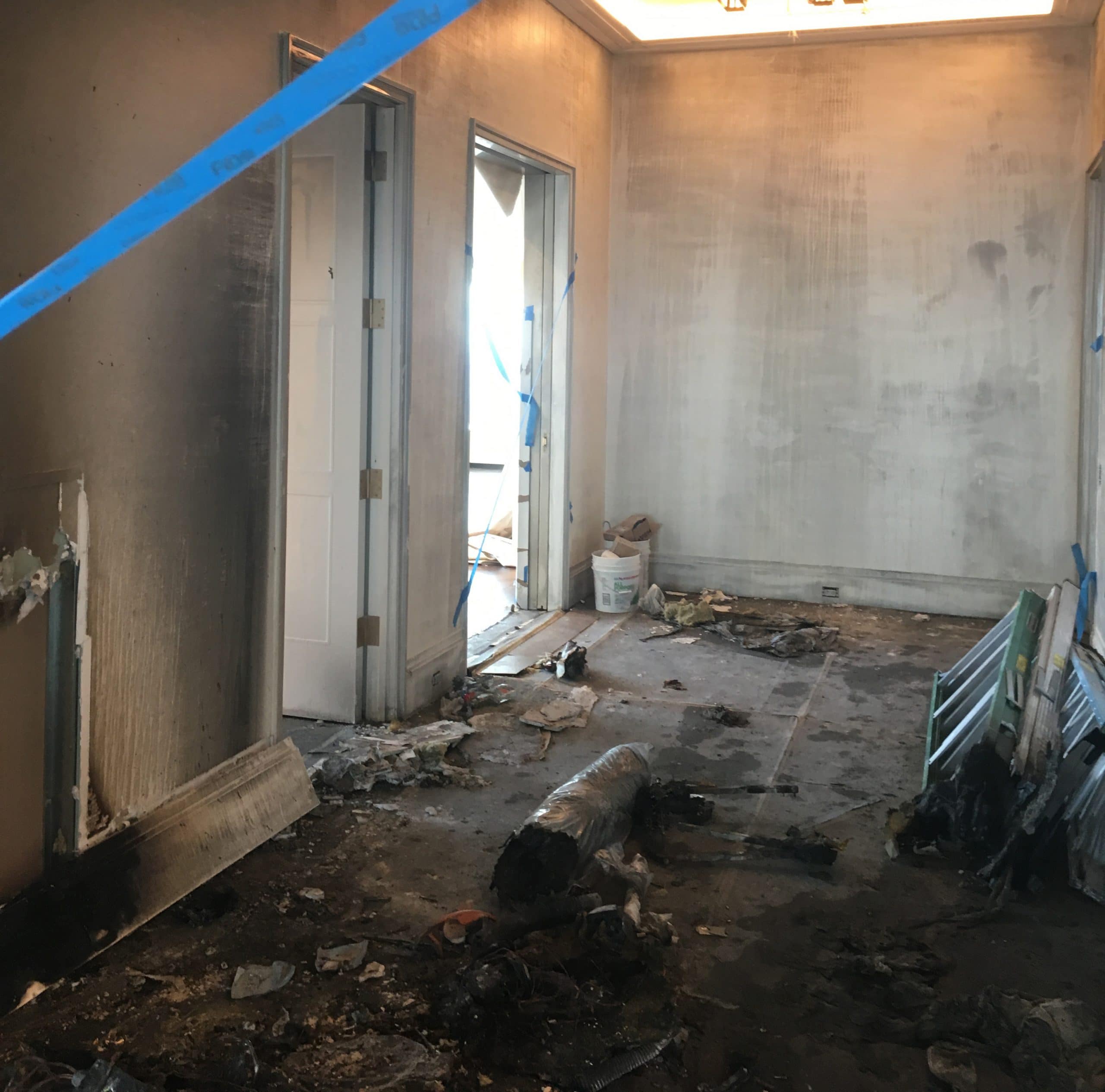
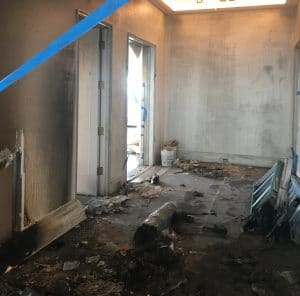 devastating, and something almost no one is prepared to go through. In the unfortunate event that you experience a home fire, following a few simple steps can make the house fire cleanup experience a little less stressful.
devastating, and something almost no one is prepared to go through. In the unfortunate event that you experience a home fire, following a few simple steps can make the house fire cleanup experience a little less stressful.